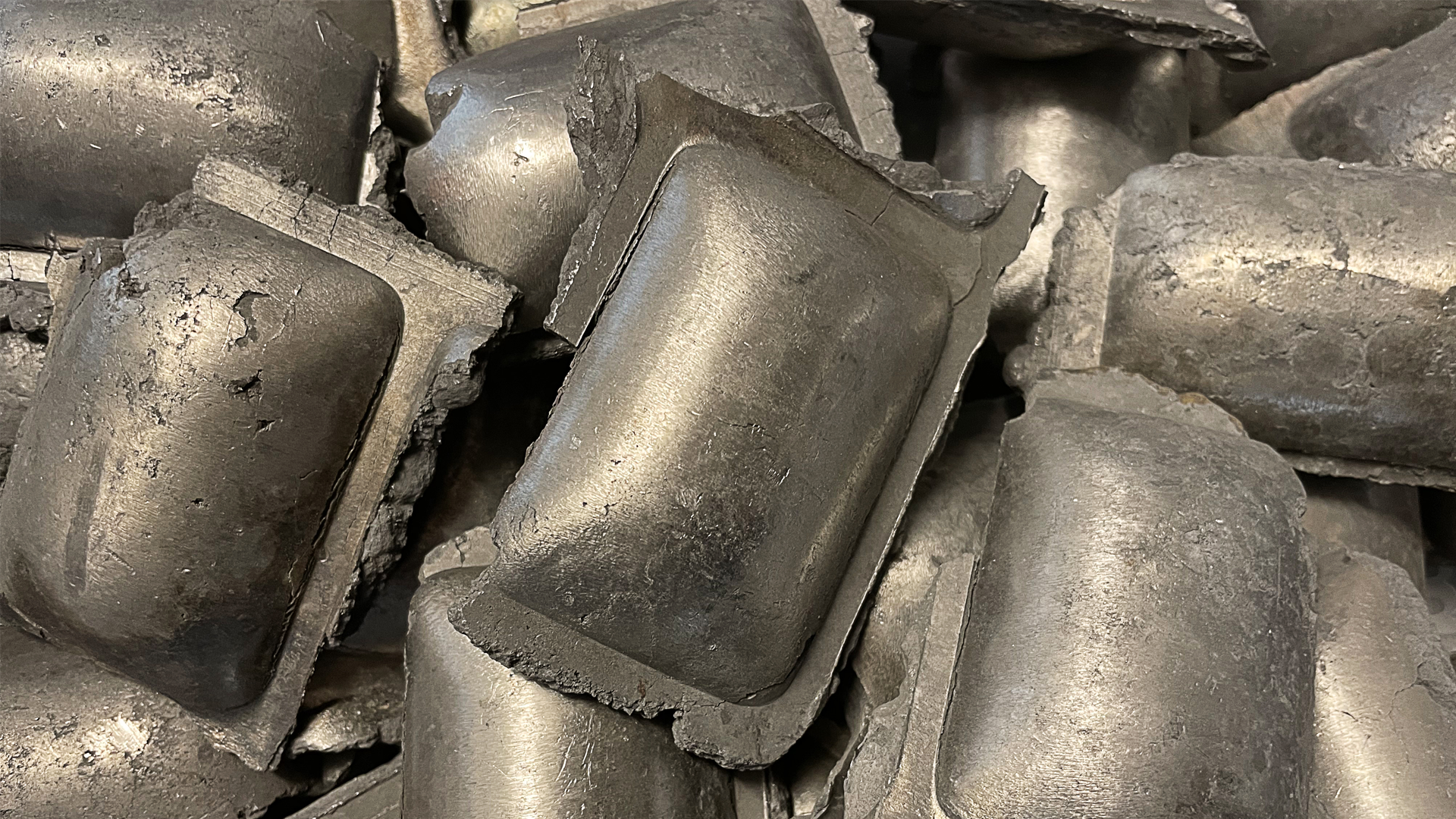How to Reduce the Risk of Traffic Accidents in the Dark
We recently set our clocks to winter time. Darkness is descending earlier in the afternoon over our roads. For professional drivers and those who drive more hours in the dark, this means an increased risk of traffic accidents. Here are 5 tips on how to make sure you have the margins on your side when driving on Sweden’s dark roads.
5 tips to increase safety when driving in the dark:
-
Increase the safe distance
It is more difficult to judge distances in the dark, so it is important to maintain a lower speed than in daylight. You should increase the minimum safe distance to the vehicle ahead of you by a good margin.
-
Prevailing conditions set the rules
Fog, snowfall, rain, and bad weather further diminish visibility. Adjust your speed according to the prevailing conditions to maintain good visibility. Be extra alert and keep an eye out for pedestrians, cyclists, and other vehicles that may be difficult to see.
-
Take frequent breaks
Fatigue is one of the most common causes of road accidents, and the darkness makes us tired faster. Take regular breaks to wake up your body and rest your brain to stay alert all the way to your destination.
-
Visibility and vision are incredibly important
Make sure your windshield is clean and scratch-free and that your headlamps are in good condition. In the cab of a truck, for instance, it is common to be dazzled by cars that are not as used to driving in the dark and therefore do not dim their high beams when they see the truck’s position light.
-
Use reflectors
Reflectors make you and your truck more visible to other road users, which can reduce the risk of accidents. Make sure you have clean reflectors in good condition. Wear a reflective vest when moving around outside your truck.
Follow these tips and you will help make driving in the dark safer for yourself and other road users.

Don't miss a single blog post!
Recommended reading

Efficiency, Safety, and Sustainable Transport – Top 5 Articles and Insights of 2024

Transport Industry 2024: Great Progress Towards a Sustainable Future

